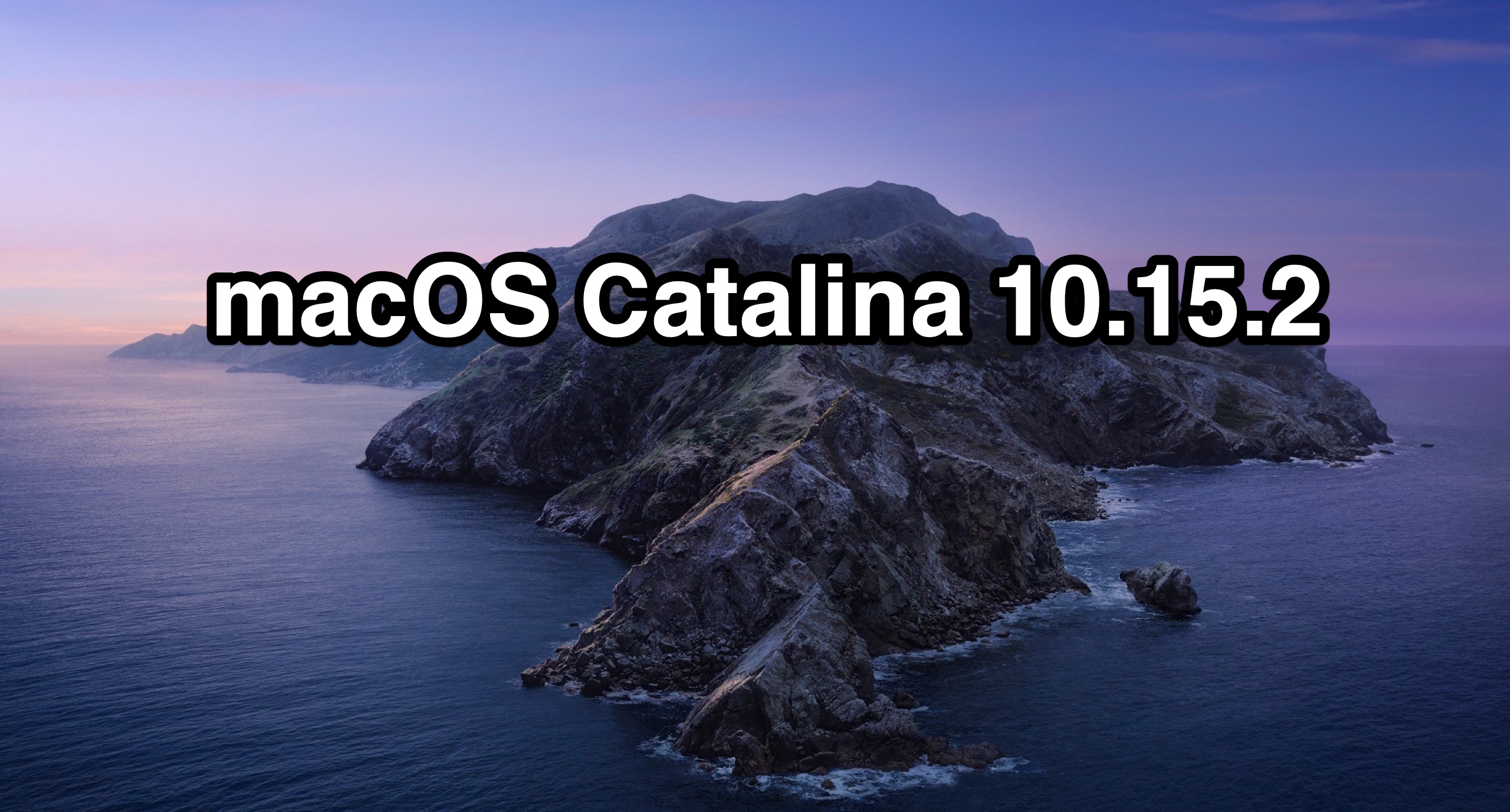고정 헤더 영역
상세 컨텐츠
본문

Most of the time, you’ll restore a Time Machine backup by booting into Recovery Mode. This involves shutting down your Mac, and then restarting it while holding down the ‘Command+R’ buttons. When you see the Apple logo, release these buttons and your Mac should successfully boot into Recovery. Easy mac ayres download.
- If using Time Machine to back up to a network disk, you can verify those backups to make sure they're in good condition. Press and hold Option, then choose Verify Backups from the Time Machine menu. In OS X Lion v10.7.3 or later, you can start up from your Time Machine disk, if necessary. Press and hold Option as your Mac starts up.
- 1) If Time Machine couldn't backup anymore this is because on December 24th I deleted previous backup in the Backup file in time machine in order to create more space. Someone told me this is something you should NEVER DO because Time Machine gets lost ans doesn't know what to backup or not.
- How to restore a Time Machine backup on a new Mac Note: these screenshots are photos taken with my iPhone’s camera, as macOS doesn’t allow you to take screenshots during the setup process. Step 1: On the Transfer Information to This Mac screen, choose the first option—From a Mac, Time Machine backup, or startup disk and click Continue.
If you used Time Machine to create a backup of your Mac, you can restore your files from that backup or a local snapshot on your startup disk. You may want to restore your files if the original files were deleted from your Mac or the hard disk (or SSD) in your Mac was erased or replaced, such as during a repair.
Restore from a Time Machine backup
Apple Time Capsule
When you restore from a Time Machine backup, you can choose to restore all your files or restore both the Mac operating system (macOS) and all of your files.
Restore all of your files
- Make sure your Time Machine backup disk is connected to your Mac and turned on. Then turn on your Mac.
- Open Migration Assistant, which is in the Utilities folder of your Applications folder.
- If your Mac starts up to a setup assistant, which asks for details such as your country, keyboard and network, just continue to the next step. The setup assistant includes a migration assistant.
- If your Mac doesn't finish starting up, or you also want to restore the macOS you were using when you created the backup, follow the steps to restore both macOS and your files.
- When you're asked how you want to transfer your information, select the option to transfer from a Mac, Time Machine backup or startup disk. Then click Continue.
- Select your Time Machine backup, then click Continue.
- If you're asked to choose from a list of backups organised by date and time, choose a backup and click Continue.
- Select the information to transfer, then click Continue to start the transfer. This screen may look different on your Mac:
- If you have a lot of content, it may take several hours for the transfer to be completed. When the transfer has been completed, restart your Mac and log in to the migrated account to see its files.
Restore both macOS and your files
These steps erase your hard disk, then use your backup to restore both your files and the specific version of macOS you were using when you created the backup.
- Make sure your Time Machine backup disk is connected and turned on.
If your backup disk isn't available, keep going. You may be able to restore from a local snapshot on your startup disk. - Turn on your Mac, then immediately press and hold Command (⌘)-R to start up from macOS Recovery. Release the keys when you see the Apple logo or a spinning globe.
- When you see the macOS Utilities window, choose the option to restore from a Time Machine Backup.
- Click Continue until you're asked to select a restore source, then select your Time Machine backup disk. Or select your startup disk (Macintosh HD), which may have a local snapshot you can restore from.
- Click Continue. If your disk is encrypted, you will be asked to unlock the disk. Enter the administrator password you used when setting up Time Machine, then click Continue again.
- Select a backup, if available, then click Continue.
- Select a destination disk, which will receive the contents of your backup. If restoring from a local snapshot, you won't be asked to select a destination.
- Click Restore or Continue. If your Mac has FileVault turned on, you will be asked to enter your administrator password to unlock the disk.
- When finished, restart your Mac.
Restore specific files
Find out how to use Time Machine to restore specific files, including older versions of your files.
Learn more
Download Time Machine Backup Machines
- What to do if you can't restore with Time Machine. If you need help, contact Apple Support.




